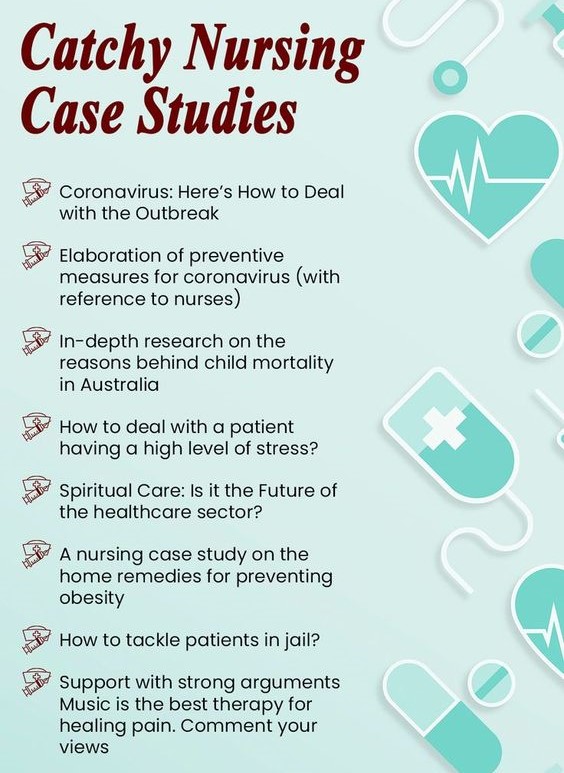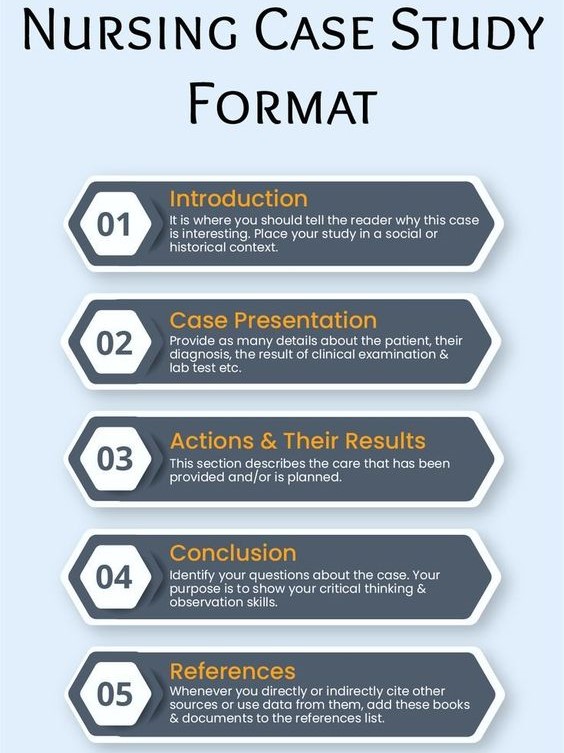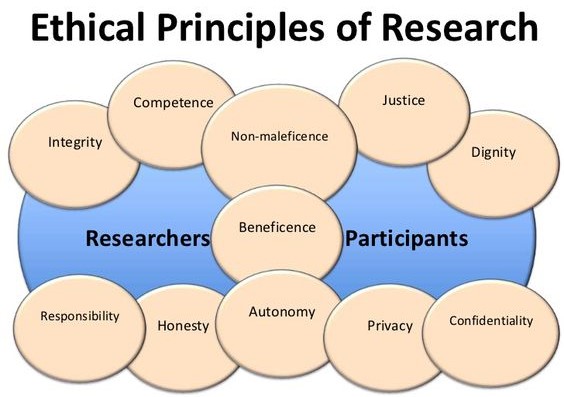
Table of Contents
Nursing case studies are more than just academic exercises. They are powerful tools for learning, showcasing your clinical expertise, and demonstrating your ability to critically analyze and solve complex patient situations. A well-crafted nursing case study can leave a lasting impression on your professors, potential employers, and even your future patients. But how do you elevate your nursing case study from ordinary to extraordinary?
This comprehensive guide will equip you with the knowledge and strategies to craft a winning nursing case study that captures the essence of your clinical experience and shines a light on your nursing prowess.
Understanding the Essence of a Nursing Case Study
Before diving into the specifics of writing a stellar nursing case study, it’s crucial to understand its core purpose. A nursing case study is a detailed description of a real-life patient encounter, encompassing the patient’s medical history, presenting symptoms, assessment findings, diagnostic tests, interventions, and ultimately, the patient’s outcomes. It goes beyond simply reciting facts and instead delves into the complex interplay of clinical decision-making, ethical considerations, and the impact of nursing interventions on patient well-being.
The Anatomy of a Winning Nursing Case Study
A winning nursing case study is structured, engaging, and insightful. It should flow seamlessly from the initial introduction to the final conclusion, leaving the reader with a clear understanding of the case and its significance. Here’s a breakdown of the key components:
1. Introduction:
- Patient Profile: Start by introducing your patient, including their demographics, presenting complaint, and relevant medical history.
- The Case’s Significance: Briefly explain why this nursing case study is worth exploring. Highlight the unique challenges, ethical dilemmas, or learning opportunities it presents.
- Statement of Purpose: Clearly state the objective of your nursing case study. What specific nursing concepts or principles will you explore? What questions will you address?
2. Background and Patient History:
- Detailed Medical History: Provide a comprehensive overview of the patient’s past medical conditions, medications, allergies, and relevant family history.
- Social and Lifestyle Factors: Include information about the patient’s lifestyle, social support system, occupation, and any potential stressors that might influence their health.
- Current Presenting Situation: Describe the patient’s current symptoms, chief complaint, and the reason for seeking medical attention.
3. Assessment and Diagnosis:
- Physical Assessment Findings: Include all relevant vital signs, head-to-toe assessment findings, and any significant observations related to the patient’s condition.
- Diagnostic Tests: Detail any diagnostic tests conducted, including laboratory results, imaging studies, and their interpretation.
- Differential Diagnoses: Discuss the possible diagnoses considered based on the patient’s symptoms and assessment findings.
- Final Diagnosis: State the final diagnosis reached after considering all available information.
4. Nursing Interventions and Rationale:
- Nursing Care Plan: Outline the specific nursing interventions you provided to address the patient’s needs. Be clear about the rationale behind each intervention, referencing relevant nursing theories, standards of practice, and evidence-based guidelines.
- Communication and Collaboration: Document how you effectively communicated with the patient, their family, and other healthcare providers. Highlight any interprofessional collaboration and the importance of a team-based approach.
- Medication Administration: Detail the medications administered, their dosage, frequency, and route of administration. Explain the rationale for choosing each medication and any potential side effects.
- Patient Education: Describe the education provided to the patient and their family, including information about their condition, medications, and self-care strategies.
5. Outcomes and Evaluation:
- Patient Response to Interventions: Assess the patient’s response to the interventions implemented. Did their symptoms improve? Did their condition stabilize? Did they achieve their desired outcomes?
- Evaluation of Nursing Care: Analyze the effectiveness of your nursing interventions. Were they aligned with the patient’s needs and goals? Could any improvements be made?
- Patient’s Perspective: Include the patient’s perspective on their care experience. Did they feel heard and understood? Were they satisfied with the care they received?
6. Conclusion and Reflection:
- Summary of Key Findings: Briefly summarize the key learning points from your nursing case study.
- Reflecting on Your Role: Reflect on your own role as a nurse in this case. What were your strengths? What areas could you improve? What lessons did you learn?
- Ethical and Legal Considerations: Discuss any ethical or legal issues that arose in the case and how you navigated them.
- Future Implications: Discuss the implications of this nursing case study for future practice and how it might inform your clinical decision-making in similar situations.

Tips for Crafting an Impactful Nursing Case Study
Now that you have a solid understanding of the structure and components of a winning nursing case study, let’s dive into specific tips that will help you elevate your work:
1. Choose the Right Case:
- Relevant and Compelling: Select a nursing case study that is relevant to your current learning objectives and resonates with your personal interests. It should be challenging enough to engage the reader but not so complex that it becomes overwhelming.
- Ethical Considerations: Ensure that the case you choose is ethically appropriate. Respect the patient’s privacy and avoid disclosing any personally identifiable information.

2. Gather Thorough Information:
- Patient Chart Review: Obtain a complete medical record of the patient, including their history, assessment findings, diagnostic tests, and interventions.
- Clinical Interviews: Conduct thorough interviews with the patient, their family, and other healthcare professionals involved in their care.
- Literature Review: Research relevant nursing literature to support your understanding of the patient’s condition, the interventions used, and the evidence-based practices associated with their care.
3. Structure Your Case Study Clearly:
- Logical Flow: Organize your nursing case study in a logical and chronological order. Clearly divide it into sections with appropriate headings and subheadings.
- Concise and Precise: Use clear, concise language and avoid jargon that your reader might not understand.
- Active Voice: Employ the active voice whenever possible to make your writing more engaging and impactful.
4. Demonstrate Critical Thinking:
- Analytical Skills: Analyze the patient’s condition and the interventions used. Apply your knowledge of nursing theories, principles, and evidence-based practice to explain your clinical decisions.
- Ethical Decision-Making: Identify and discuss any ethical dilemmas that arose in the case. Explain your reasoning for your actions and the ethical principles that guided your decision-making.
- Reflective Practice: Reflect on your own actions and the impact of your nursing interventions on the patient’s outcome.
5. Engage Your Reader:
- Captivating Introduction: Craft a compelling introduction that draws the reader into the case and highlights its significance.
- Visual Aids: Use tables, charts, graphs, and diagrams to present data clearly and visually.
- Personalize Your Narrative: While maintaining objectivity, inject your personality and passion into your writing. Let your genuine interest in the patient and their care shine through.
6. Proofread and Edit Thoroughly:
- Error-Free Presentation: Proofread your nursing case study carefully for any errors in grammar, spelling, punctuation, and formatting.
- Seek Feedback: Ask a classmate, professor, or mentor to review your work and provide feedback on its clarity, content, and overall effectiveness.
7. Beyond the Textbook: Making Your Case Study Stand Out
- Emphasize Patient-Centered Care: Go beyond the technical aspects of care and demonstrate your understanding of the patient’s experience. How did they feel? How did they cope with their illness?
- Embrace Technology: Integrate multimedia elements like images, videos, or interactive simulations to enhance your nursing case study and make it more engaging for the reader.
- Explore Unique Perspectives: Don’t be afraid to delve into unconventional topics or perspectives. Research cutting-edge treatments, emerging technologies, or ethical dilemmas that are relevant to your case.
Examples of Winning Nursing Case Studies
Here are six compelling nursing case study examples, each exploring a different area of nursing practice and focusing on specific challenges and learning points:
1. Case Study: A Patient with Chronic Pain (Geriatrics/Palliative Care)
- Patient Profile: 82-year-old female, living alone, with a history of osteoarthritis, diabetes, and chronic back pain. Recently admitted to hospital for a fall, resulting in a fractured hip. She’s expressing significant pain despite medication and is hesitant to participate in physiotherapy.
- Challenges: Managing chronic pain in the elderly, balancing pain relief with potential side effects of medications, navigating patient’s reluctance to participate in treatment due to fear of pain.
- Learning Points: The importance of individualized pain assessment, involving patients in their care plans, exploring alternative pain management methods beyond medication (e.g., relaxation techniques, massage), and recognizing the impact of social isolation on chronic pain.
2. Case Study: A Patient with Heart Failure (Cardiology/Acute Care)
- Patient Profile: 58-year-old male, history of smoking, hypertension, and obesity, recently admitted with acute shortness of breath and edema. Diagnosed with heart failure.
- Challenges: Educating patient and family on self-management techniques, addressing psychosocial factors affecting adherence to treatment (e.g., fear, denial), monitoring for signs of worsening heart failure, and providing emotional support during a challenging diagnosis.
- Learning Points: The crucial role of patient education and empowerment in managing chronic conditions, addressing the emotional impact of diagnosis, recognizing the importance of collaborative care involving the patient, family, and medical team.
3. Case Study: A Patient with Postpartum Depression (Mental Health/Maternal-Child Nursing)
- Patient Profile: 28-year-old female, first-time mother, experiencing significant anxiety, fatigue, and feelings of inadequacy after giving birth.
- Challenges: Identifying and addressing mental health concerns in a new mother, balancing the needs of the mother and the newborn, navigating cultural stigma surrounding postpartum depression, and providing appropriate support to the entire family.
- Learning Points: The importance of early screening for postpartum depression, understanding the signs and symptoms, developing a comprehensive care plan addressing both physical and mental well-being, and recognizing the need for a multidisciplinary team approach.
4. Case Study: A Patient with Traumatic Brain Injury (Neurology/Critical Care)

- Patient Profile: 22-year-old male, involved in a motor vehicle accident, sustained a severe traumatic brain injury.
- Challenges: Managing neurological changes, maintaining airway and breathing, assessing level of consciousness, coordinating with specialists, and providing emotional support to the patient and family.
- Learning Points: The complexities of caring for patients with traumatic brain injury, the importance of close monitoring and prompt intervention, understanding the long-term implications of such injuries, and navigating ethical dilemmas related to end-of-life decisions.
5. Case Study: A Patient with Type 1 Diabetes (Endocrinology/Community Health)
- Patient Profile: 12-year-old child recently diagnosed with Type 1 Diabetes.
- Challenges: Teaching the child and their family about diabetes management (glucose monitoring, insulin administration, diet), addressing the child’s psychosocial needs, promoting adherence to treatment, and facilitating a smooth transition from hospital to home care.
- Learning Points: The importance of family-centered care in chronic disease management, developing age-appropriate education strategies, understanding the impact of diabetes on children’s lives, and the role of community resources in providing ongoing support.
6. Case Study: A Patient with End-of-Life Care (Palliative Care/Hospice)
- Patient Profile: 75-year-old male with advanced cancer, admitted to hospice for symptom management and end-of-life care.
- Challenges: Managing pain and other symptoms, providing emotional support to the patient and family, respecting their wishes and preferences, facilitating meaningful conversations about end-of-life care, and addressing spiritual and cultural needs.
- Learning Points: The role of the nurse in providing compassionate and holistic care at the end of life, understanding the complexities of grief and loss, promoting dignity and respect for patients and their families, and navigating ethical considerations related to death and dying.
These are just a few examples. The possibilities for compelling nursing case studies are endless, each offering unique insights into patient care and the multifaceted role of the nurse.
A Winning Case Study Reflects Your Nursing Excellence
Crafting a winning nursing case study requires a blend of meticulous attention to detail, critical thinking, and a passion for patient care. It’s an opportunity to showcase your clinical knowledge, your ability to make sound judgments, and your dedication to providing compassionate care. By following the tips and strategies outlined in this guide, you can create a nursing case study that is not only informative but also inspiring, leaving a lasting impression on your audience. Remember, a winning nursing case study is a testament to your nursing excellence and a powerful tool for advancing your career.
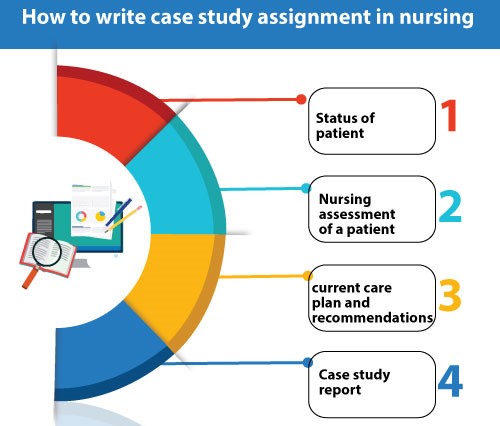
Get Customized Nursing Case Study Writing Help
Crafting a winning nursing case study can be a daunting assignment for many students. That is why you also need professional nursing case study writing help from Nursing Papers for success. We provide customized nursing case study help, covering topic suggestion, paper writing, proof reading and editing, and plagiarism removal. Our writers can also help you with writing nursing research papers, essays and dissertations.


